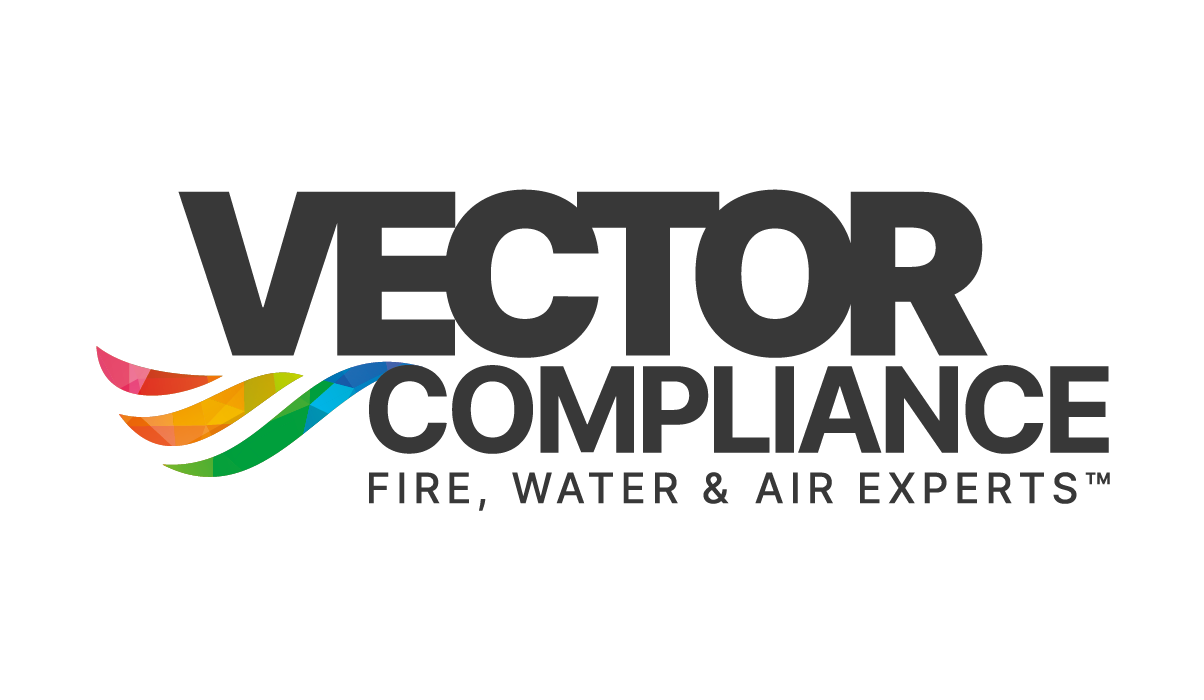Indoor Air Quality (IAQ)
Indoor Air Quality (IAQ)
Understanding the Importance of Indoor Air Quality
Indoor air quality (IAQ) has emerged as a significant concern in recent years, reflecting the growing awareness of its impact on our health and well-being. With a substantial portion of our lives spent indoors, ensuring clean and healthy air within our enclosed spaces has become essential.
IAQ encompasses the quality of air inside buildings, including homes, offices, schools, and other occupied areas. As we breathe in the air within these confined spaces, the presence of pollutants and contaminants can have adverse effects on our health, productivity, and overall quality of life.
Numerous factors contribute to poor indoor air quality. These can range from inadequate ventilation, which leads to stagnant air and a buildup of indoor pollutants, to the release of volatile organic compounds (VOCs) from furniture, building materials, and common household products. Furthermore, the presence of mold, allergens, bacteria, and other airborne particles can also significantly contribute to deteriorating indoor air quality.
The consequences of poor IAQ can be detrimental. Short-term effects may include irritation of the eyes, nose, and throat, headaches, allergies, and fatigue. Long-term exposure to indoor pollutants has been associated with more severe health complications such as respiratory diseases, cardiovascular issues, and even certain types of cancer.
Recognizing the importance of IAQ, regulatory bodies and organizations have established guidelines and standards to ensure safe and healthy environments. Building codes, ventilation requirements, and occupational health regulations are just a few examples of these guidelines. Additionally, businesses and individuals alike are increasingly investing in technologies and practices that improve and monitor IAQ, such as air purifiers, HVAC (heating, ventilation, and air conditioning) systems, and regular maintenance routines.
Maintaining good IAQ goes hand in hand with the wellbeing and productivity of individuals. In workplaces, studies have consistently shown that better air quality leads to improved cognitive performance, reduced absenteeism, and increased comfort and satisfaction among employees. Similarly, in residential settings, clean indoor air contributes to better sleep, enhanced concentration, and reduced risks of respiratory ailments.
To ensure optimal IAQ, several best practices can be followed. Adequate ventilation, both through natural means and mechanical systems, is crucial in allowing fresh air to circulate and dilute pollutants. Regular cleaning and maintenance, including regular filter changes, are also essential to minimize the accumulation of dust, allergens, and other pollutants. Additionally, reducing the use of harmful chemicals and promoting the use of low-emission materials can further contribute to improving IAQ.
Overall, understanding and addressing indoor air quality is a vital aspect of maintaining healthy and safe environments. By investing in the necessary infrastructure, implementing effective practices, and staying vigilant about air quality monitoring, we can create and sustain indoor spaces that support our well-being and enable us to thrive.

